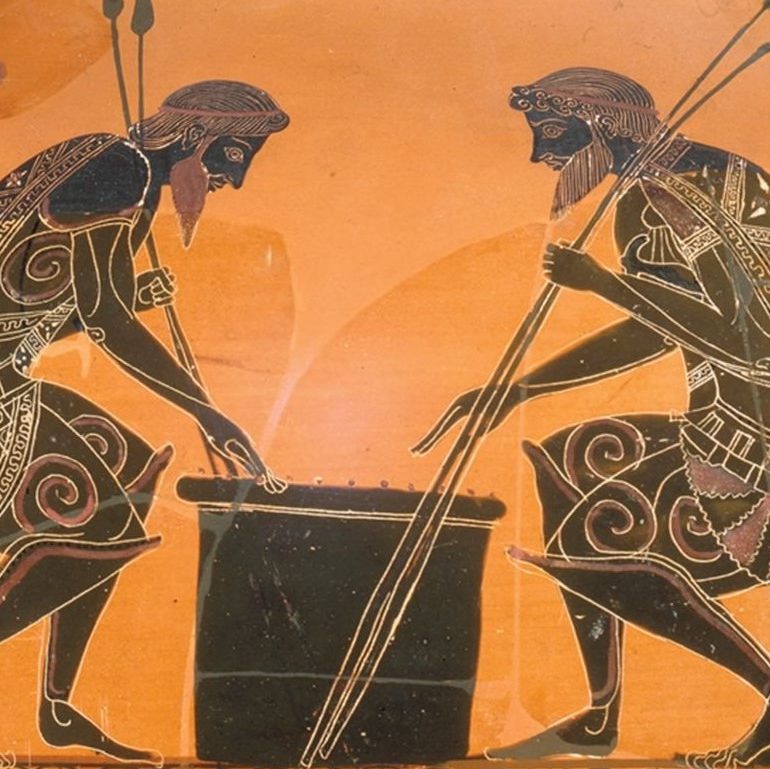It is generally observed by those who believe that Native Americans receive far too much sympathy for the effect on their cultures of the European arrival in the Western Hemisphere – as if it served as the argumentative coup de grâce – that Indian Tribes throughout the Western Hemisphere warred with each long before and after the first colonial activity. Yes, it is true: human beings all over the globe have always engaged in warfare. It was not different in Native America. However, the involvement of Indian Tribes in the wars between the Europeans, extended to the Americas, was always particularly destructive to Native culture and tribal sustainability. Various tribes were bitterly involved in what are peculiarly designated in the United States the French and Indian Wars, since the wars were primarily between the French and the English. The Algonquian Tribes allied with the French, the Iroquois with the British. Particular alliances were the product of which European population had treated a tribe well and more favorably and Native calculations as to where their fortunes better lay.
During the Civil War, Indians were once again caught in the middle. Many tens of thousands of Indians served in the army on both sides of the conflict. Most whole tribes that took a side did so with the Union, though the Creek and Choctaw, for instance, slave-holding Tribes, fought for the Confederacy. The Cherokee suffered a major split, significantly along the fault lines created within the Tribe in the 1830s, between those who supported acquiescing to the Great Removal to Oklahoma enforced by President Andrew Jackson and those who opposed it. In keeping with the historical treatment of the Tribes by the U.S. and European powers, those that had sided with the Confederacy saw their already involuntary Great Removal treaties dissolved after the war as punishment.

In Virginia, the Pamunkey Indians, who had by then been occupying the nation’s oldest reservation for over two hundred years, bitterly resented the mistreatment and supremacist attitudes of the surrounding Virgina population, and allied themselves with the Union, serving, during the 1862 and 1864 campaigns in the Pamunkey River area, as guides and river pilots. According to current Pamunkey Chief Kevin Brown, the Pamunkey suffered at the hands of the Confederate forces for their activity, at one point having their entire male population rounded up and prepared for execution, until General Robert E. Lee intervened and prevented it.
Now, even today, comes this report from The New York Times of another kind of “caught in the middle.” The Tohono O’odham Reservation is right on the Mexican border, in Arizona. It is overrun with Mexican drug smugglers, who both enlist and punish the Native residents, and the Border Patrol agents who suspect and arrest them. Many, though they recognize the necessity of the federal presence, feel occupied once more.
AJA
